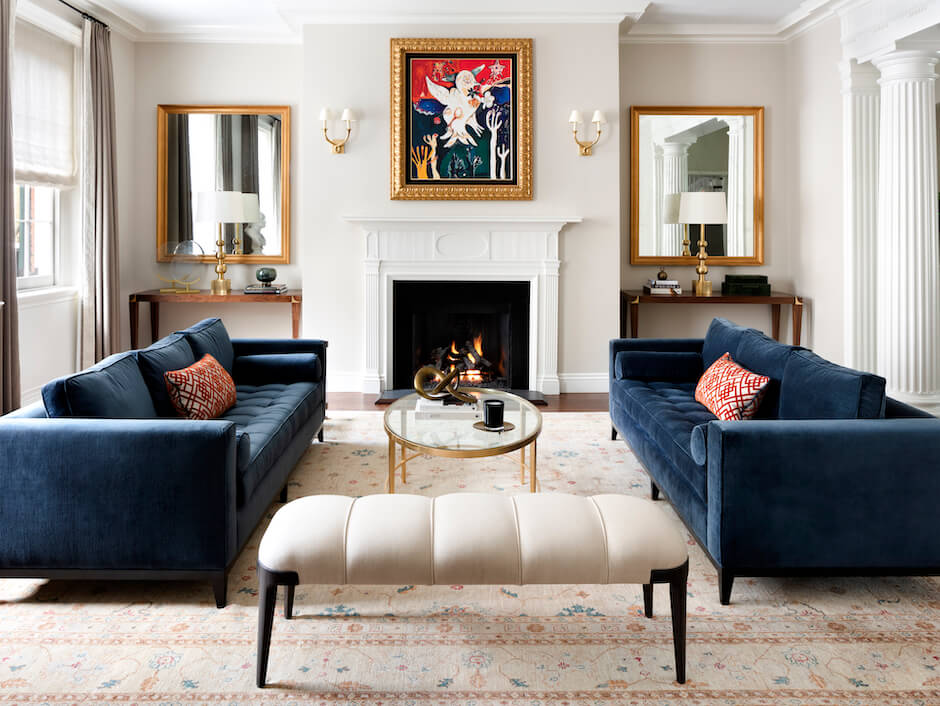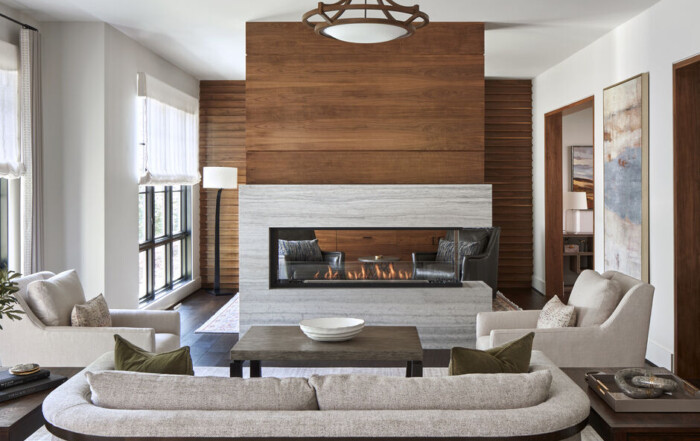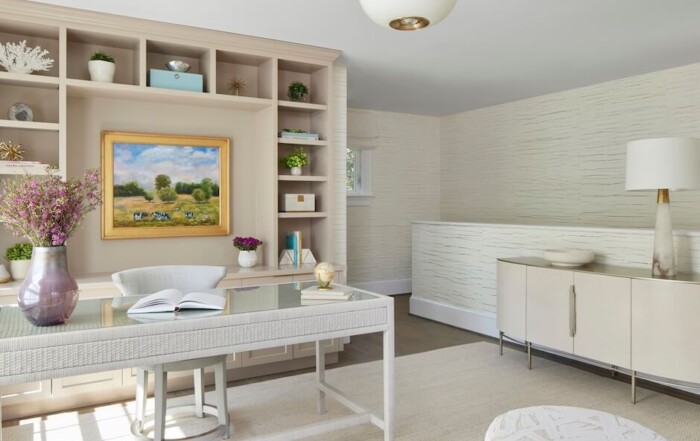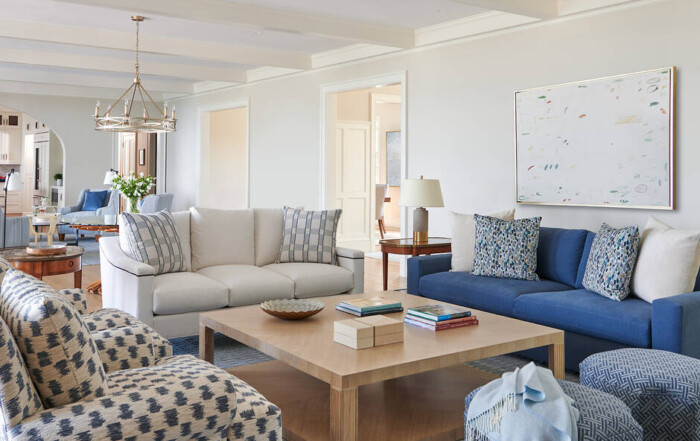TMD Inspiration
What to Know Before Taking on a Historic Home Renovation
Categories
Recent Articles
GET IN TOUCH
On social
By phone
202 465-8114
By Mail
1350 Beverly Road, Suite 115
PMB 143
McLean, VA 22101
By form
Interested in working with us?
Use the contact form to tell us more about your project. Someone will get back to you within 48 business hours.
Based in McLean, VA
Creating inspired interiors for discerning clients since 2003. Accepting clients in DC, Virginia, Maryland, and select cities throughout the United States.
What to Know Before Taking on a Historic Home Renovation

If you are thinking about renovating your historic home, read this article for tips on completing a successful project while maintaining your home’s charm and character.
Fundamental Features
When renovating a historic home, there are always questions about what to modernize and what to keep original. For the most part, doing your research to understand the construction details can help you maintain the home’s period authenticity. Here are some important architectural features to preserve during historic home renovations.
- Monumental Stairs: Keeping monumental staircases or the main stairs of your home can go a long way toward showing off its decorative character. These stairs typically have hand-carved rails and newel posts that can’t be replicated.
- Fireplaces: Many older homes didn’t have HVAC systems; therefore, they had more fireplaces than homes today. Keeping old fireplaces helps maintain your home’s distinct character as fireplaces come in various styles depending on the era in which they were built and can help distinguish your home.
- Original Wood: Whether it’s the original hardwood floors or exposed wooden beams, keeping these elements is crucial to maintaining your home’s character. These gorgeous wood tones authentically show your home’s historical elements, and the quality of wood in older homes is nearly impossible to replicate today.
- Lighting: Nothing says historical homes like antique lighting. These handcrafted designs are unique and can’t be bought off the shelf today. Additionally, keeping these original light fixtures will automatically match the aesthetic of your home.
Historic Design
When furnishing and designing the interior of your home, it is important to stay true to your home’s time period. Wallpaper is a great way to infuse character into your home and coordinate with the style of your home. I love Phillip Jeffries wallpapers for their extensive selection of natural, textured, and stunning specialty designs.
A mix of new and old touches is crucial for maintaining that balance in historic home renovations. For example, in a historic rowhouse renovation we completed in Georgetown, the primary bedroom is full of conventional style references. We added modern touches by including smart art that converts into a TV and remote-controlled fireplace. We also added vintage touches such as rugs or fabrics to add that historical touch.
Be Flexible With Your Home Renovation
When undergoing a historic home renovation, it is important to be flexible and have alternative plans because sometimes you must work around existing historical features or stipulations. You can’t always move a window or knock down a wall, so being flexible with your home’s footprint is crucial for its integrity.
While renovating a historic home is quite popular, buying a house just because it’s historic is not always the right step. You must find a historic home whose charm feels right to you. If you find a home you love and would like to explore its possibilities, please get in touch with us today.




